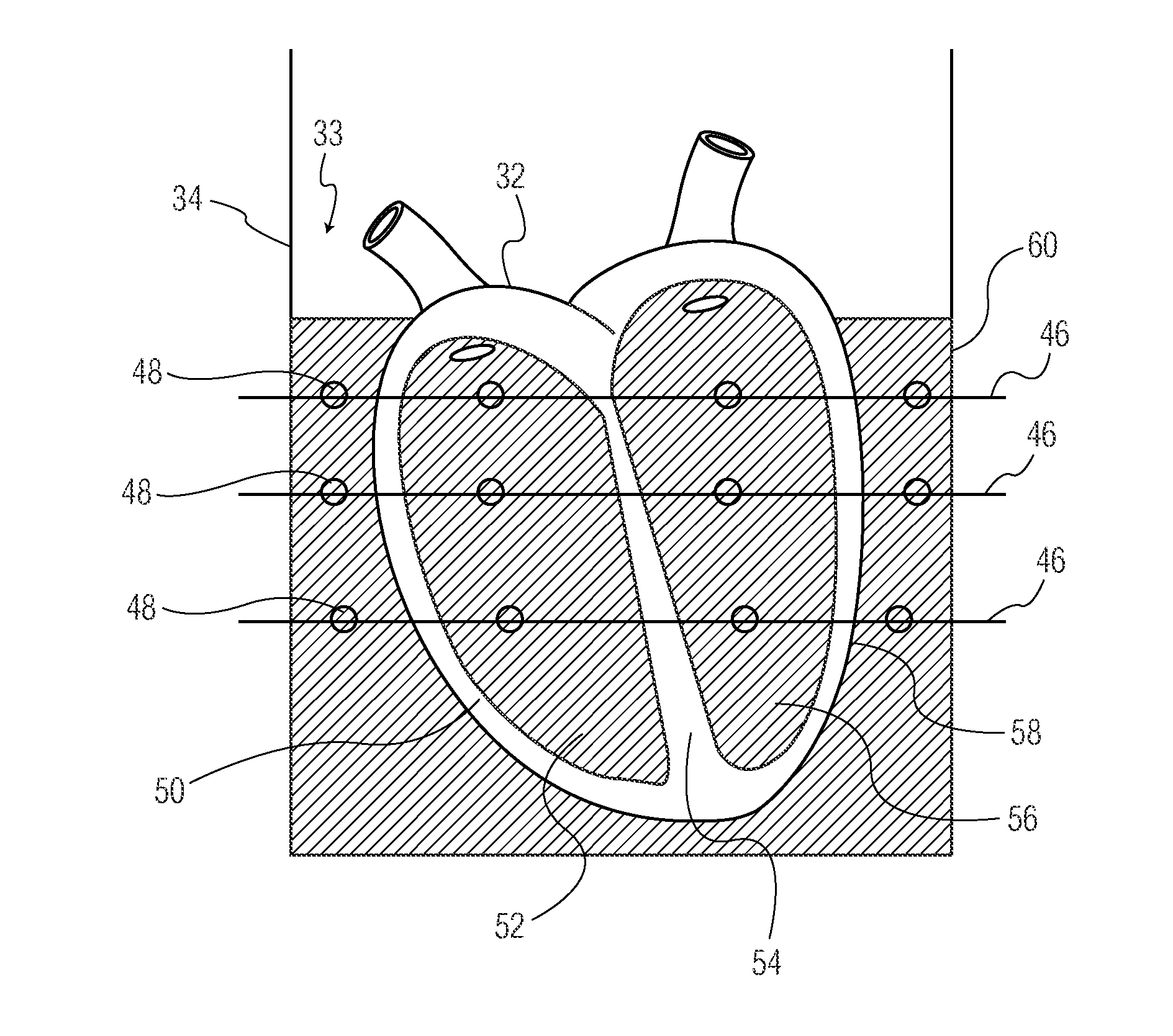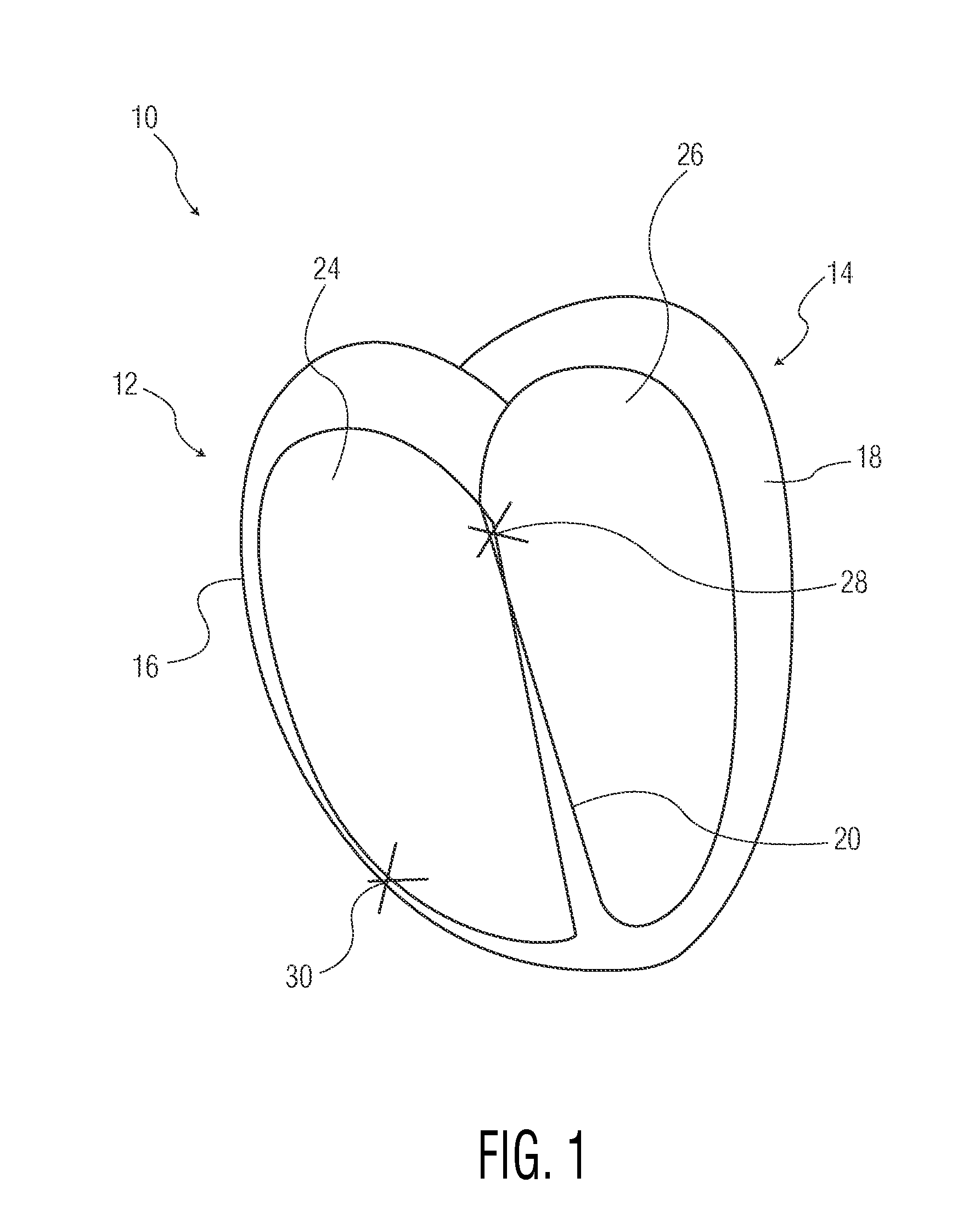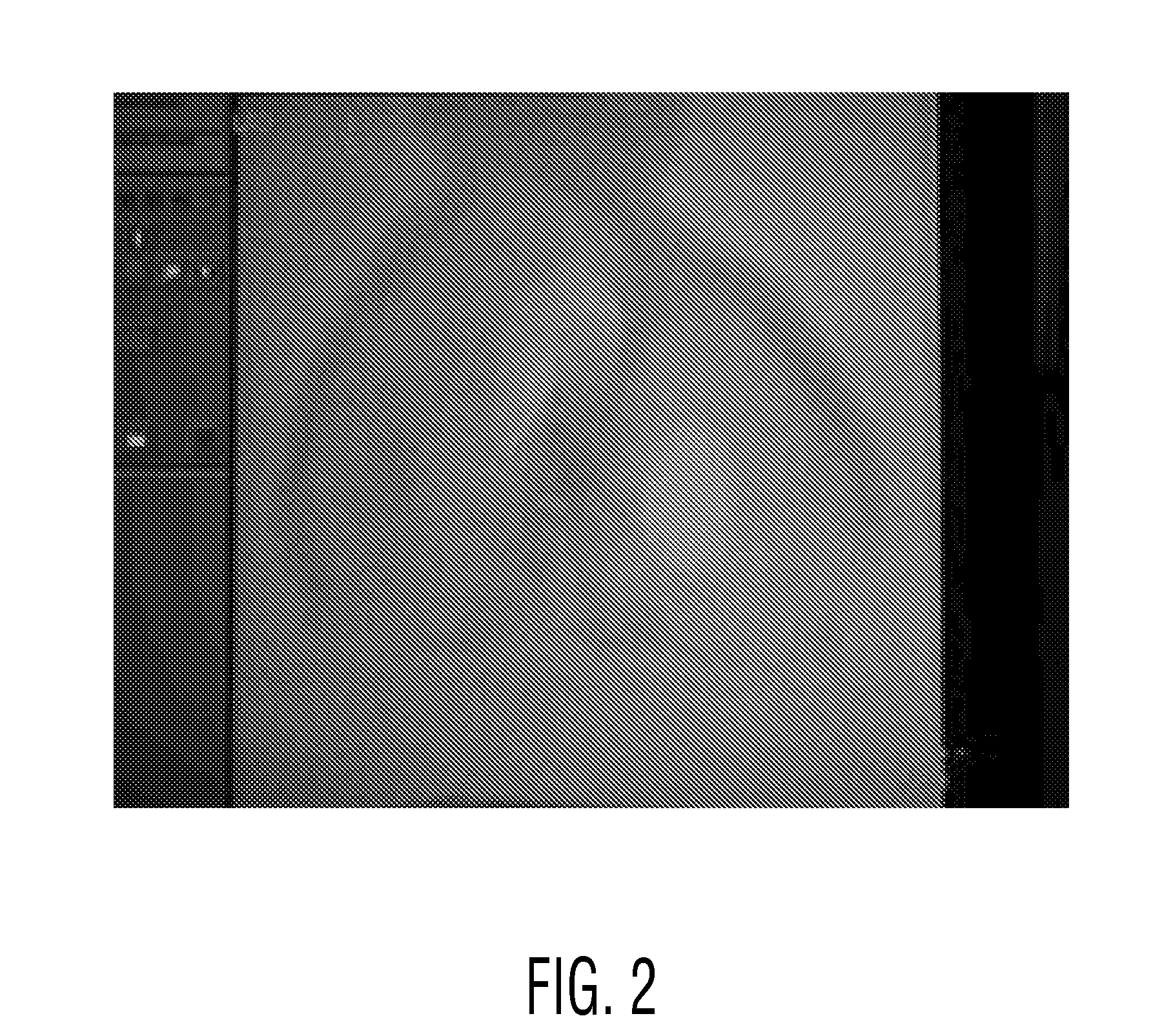Anatomically and functionally accurate soft tissue phantoms and method for generating same
a technology of functional accuracy and soft tissue, applied in the field of medical organ phantoms, can solve the problems that the anatomical accuracy of imaging targets is difficult to achieve in practice, and achieve the effect of high accuracy and usefulness, efficient and efficien
- Summary
- Abstract
- Description
- Claims
- Application Information
AI Technical Summary
Benefits of technology
Problems solved by technology
Method used
Image
Examples
Embodiment Construction
The methods, systems and apparatus of the present invention provide anatomically-correct organ / tissue phantoms with tissue-mimicking mechanical properties. The disclosed phantoms are advantageously reproduced directly from an original organ / tissue, e.g., a human heart. Although the present invention is described in terms of producing an anatomically accurate heart phantom, the present invention can be used to produce phantoms of other internal organs, tissues and anatomical structures, both animal and human.
With reference to FIG. 1, a schematic diagram of a heart phantom produced using the prior art “Lost Wax” method is shown, generally indicated at 10. The positive replica 10 includes a left segment 12 and a right segment 14 which define heart walls 16, 18 and a central septum 20. The segments 12, 14 and the septum 20 are formed from a negative external mould 22 and internal blood volume casts 24, 26. Although the internal casts 24, 26 and the external mould 22 are easily made, usi...
PUM
| Property | Measurement | Unit |
|---|---|---|
| height | aaaaa | aaaaa |
| CT | aaaaa | aaaaa |
| MRI | aaaaa | aaaaa |
Abstract
Description
Claims
Application Information
 Login to View More
Login to View More - R&D
- Intellectual Property
- Life Sciences
- Materials
- Tech Scout
- Unparalleled Data Quality
- Higher Quality Content
- 60% Fewer Hallucinations
Browse by: Latest US Patents, China's latest patents, Technical Efficacy Thesaurus, Application Domain, Technology Topic, Popular Technical Reports.
© 2025 PatSnap. All rights reserved.Legal|Privacy policy|Modern Slavery Act Transparency Statement|Sitemap|About US| Contact US: help@patsnap.com



